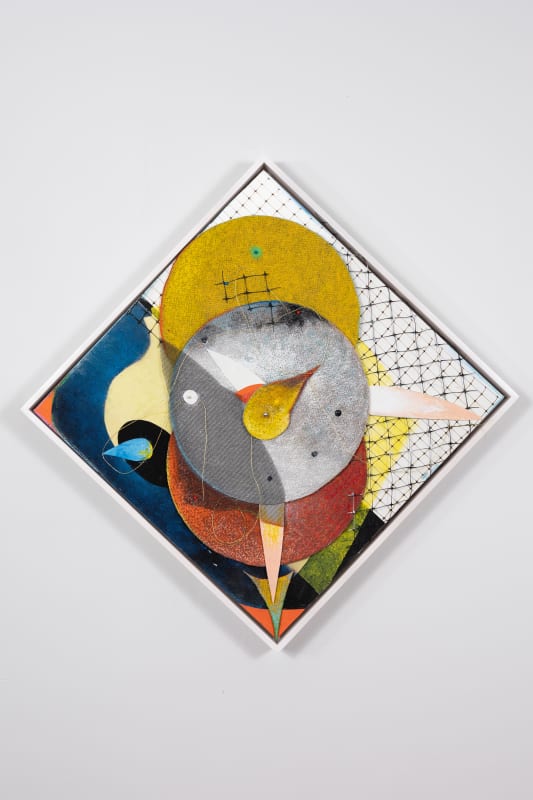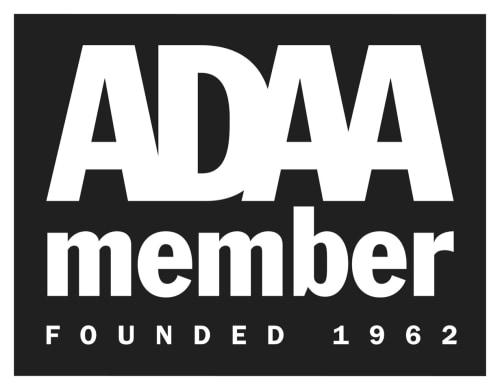BlackHead Lyricism " denotes the presence of an element of Black joy and creativity that persists, even during uncertain political and social times. The word BlackHead, appears in many titles of works I've done over the past several years. He is mostly me - and others like me. It's a non-figurative (signifying) way of animating my abstract art with references to a Black diasporic identity. It also allows generally, for a more nuanced and complex visual expression within contemporary art; a creative form and poetic counter to all the negativity and despair usually associated with historic Black life and experience - particularly in the last few years."
--- Carl E. Hazlewood, 2022
Welancora is delighted to present Blackhead Lyricism, an exhibition of recent work by Guyanese artist Carl E. Hazlewood (b. 1951), a significant figure in the history of abstraction. The exhibition will run from March 12 through May 7, 2022. This is the artist's first solo exhibition at the gallery.
The presentation will include one large mixed media wall work assembled on site and inspired in part by the 19th century architectural features in the gallery space. The installation creates a confrontation between form, viewer, and environment, which is an ongoing, signature combination in Hazlewood's work.
Steeped in modest materials such as polyester, push pins, map pins, and metallic string, form is foregrounded and the slippage between drawing, painting, and sculpture places the work in a space that challenges the conventions of each medium, and forces the viewer to experience form on its own terms. Hazlewood explains, "Like a sculptor, I work to find "shapes" and "volumes", implied or actual. And like painting, the layering becomes an intuitive search for textures, color and form… I define edges, where things begin and end, where they may find relationships and multiple transitions against or into each other. I think of this as "drawing" the accumulation of parts into active and resonant connections. Then those "active" parts are pinned into a final configuration, something that feels properly "evocative" yet stable as plastic form."


